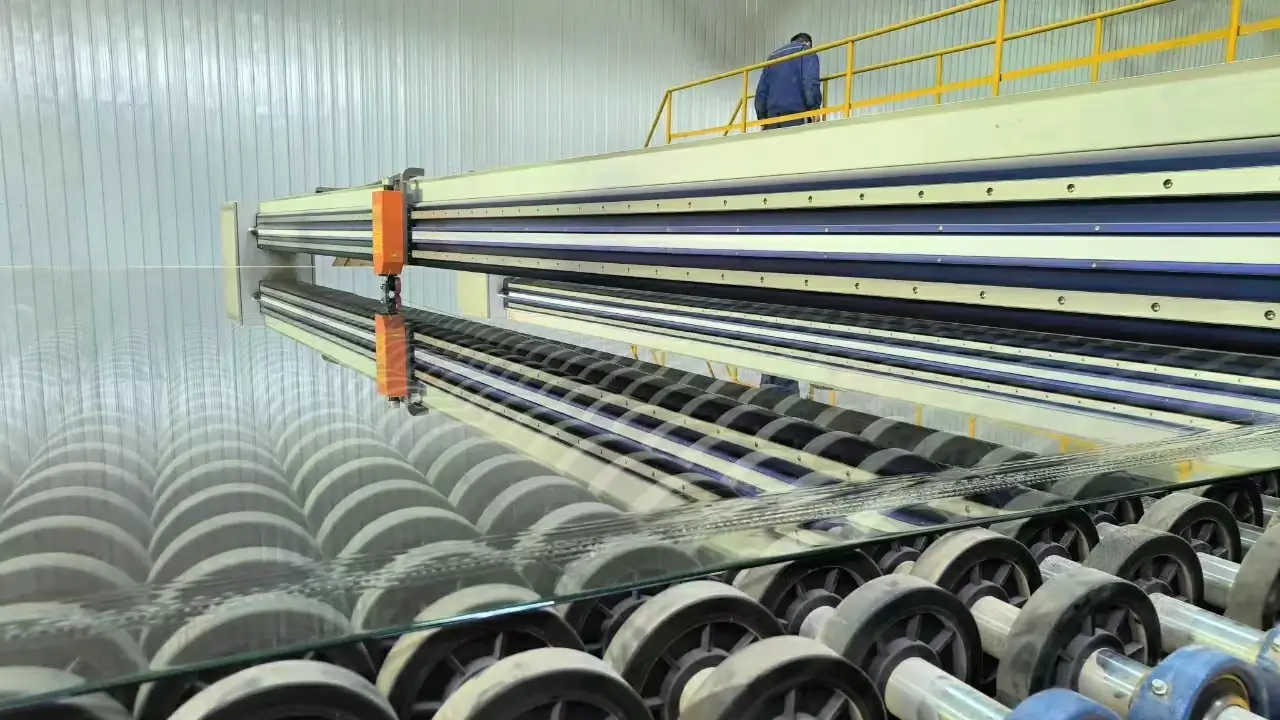

The Fascinating World of Partially Silvered Mirrors
A partially silvered mirror, also known as a semi-transparent mirror, plays a crucial role in various optical applications and provides a unique aesthetic experience. This innovative device allows for the simultaneous reflection and transmission of light, creating a versatile tool used in fields ranging from scientific research to artistic installations.
The fundamental design of a partially silvered mirror involves a thin layer of silver or aluminum deposited on a glass surface. This layer is not thick enough to produce a complete reflection but is sufficient to reflect a percentage of incoming light. Consequently, the mirror permits a portion of the light to pass through while reflecting the remaining portion. The typical reflection-to-transmission ratio can vary, often around 50% reflection and 50% transmission, although these values can be adjusted based on specific requirements.
In the realm of science, partially silvered mirrors are integral to experimental setups in optics. They are commonly used in interferometry, a technique that involves the combination of light waves to measure distances, wavelengths, and other properties. By reflecting light back into its source while allowing some light to pass through, scientists can create interference patterns that lead to precise measurements. This is particularly valuable in fields like metrology, telecommunications, and laser technology.
In addition to scientific uses, partially silvered mirrors are also celebrated for their artistic applications. Artists frequently incorporate these mirrors into their work to create an intriguing visual effect that blurs the boundaries between reality and reflection. The ability to see both a reflected image and what lies beyond the mirror simultaneously captivates viewers, encouraging them to explore deeper meanings within the artwork.

For instance, in theater productions, partly silvered mirrors are used to create illusions, enabling actors to appear as if they are interacting with their reflections or with other dimensions. The clever use of lighting, combined with the unique properties of these mirrors, enhances stage designs, making scenes more dynamic and engaging.
Another notable application is in cameras, particularly in the realm of photography and videography. Many advanced cameras utilize partially silvered mirrors in the viewfinder systems to allow photographers to see the scene while still being able to capture images without any obstruction.
Furthermore, partially silvered mirrors are increasingly employed in the design of telescopes and other optical instruments. By reflecting light from distant stars while allowing other light waves to pass through, astronomers can gather immense amounts of data about the cosmos and our universe.
In conclusion, partially silvered mirrors hold a significant place in both the scientific and artistic realms. Their unique ability to reflect and transmit light simultaneously not only facilitates groundbreaking research but also enriches our visual culture. Whether adorning an art gallery or enabling a crucial scientific experiment, these remarkable mirrors continue to intrigue and inspire.